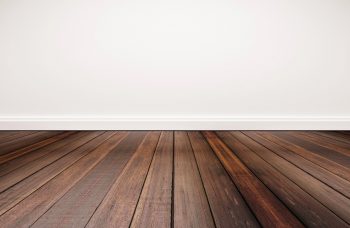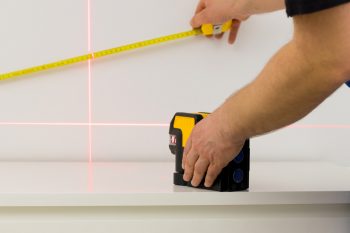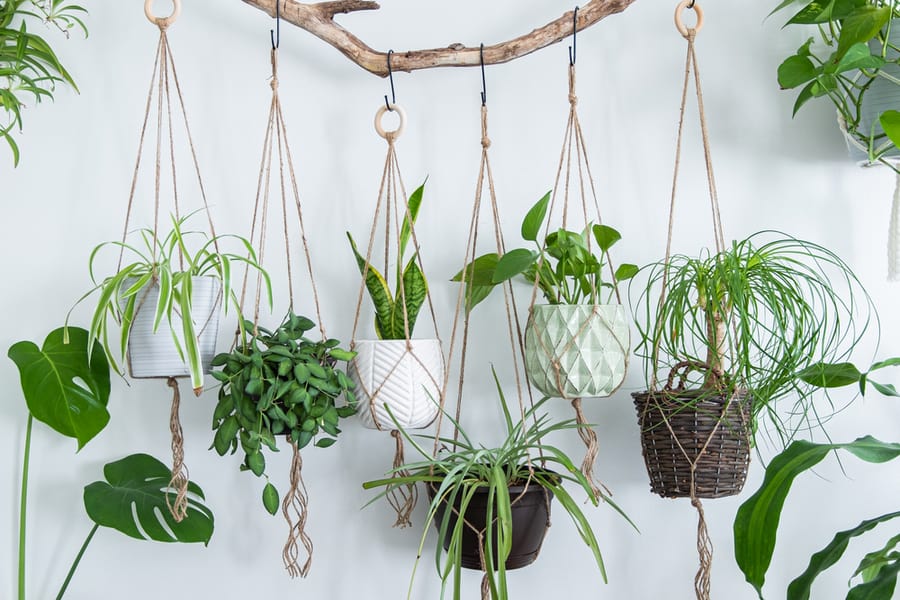
Hanging plants is an excellent way to add modern decor to your living space. However, it is understandable if you don’t want to spoil anything by drilling holes in your wall.
Or maybe you live in a rented apartment, and your landlord doesn’t allow drilled holes in the building. Whatever the case may be, there are alternatives you can use to hang plants without drilling. So, how do you hang plants without drilling?
When you want to hang plants up without drilling, first, you need to determine the estimated weight of the plant. Also, consider the free space where you can hang the plant, whether on the ceiling, walls, doors, or windows.
Based on these, you can hang the plant using any of the following methods:
- Hooks
- Suction cups
- Adhesives
- Tension rods
- Bar clamps
- C-clamps
- Over-the-door hooks
When hanging plants, avoid hanging them on fragile objects, as non-invasive hanging methods often have a low load-bearing capacity.
In this article, we will share different brilliant ideas you can use to hang plants without drilling.
7 Ways To Hang Plants Without Drilling
When hanging stuff on the wall or ceiling, screws or nails are often the go-to option. But these are not the only ways to hang items, especially regarding plants.
But when you want to hang plants without screws or nails, choose a lightweight plant holder and a plant that doesn’t need plenty of soil.
Some of the best plants you can hang in your home include Pothos, Umbrella plants, peace lilies, Basil, Monstera deliciosa, Spanish moss, Lucky bamboo, Air plant, etc.
With these in mind, here are some of the best ways to hang plants without drilling.
1. Using a Magnetic Hook

Using hooks is one of the best ways to hang plants in your home. And one of the best ways you can fit a hook in your home is by using magnets.
Using magnets comes with its advantage as it leaves no mark whatsoever on the surface. But the restriction is that you can only use it on a metallic surface.
Also, when you choose to use magnetic hooks, the load-bearing capacity of the hook is pretty low. For example, neodymium magnets, one of the earth’s rare and super strong magnets, have a weight-bearing capacity of up to 100 pounds.
2. Using an Adhesive Hook
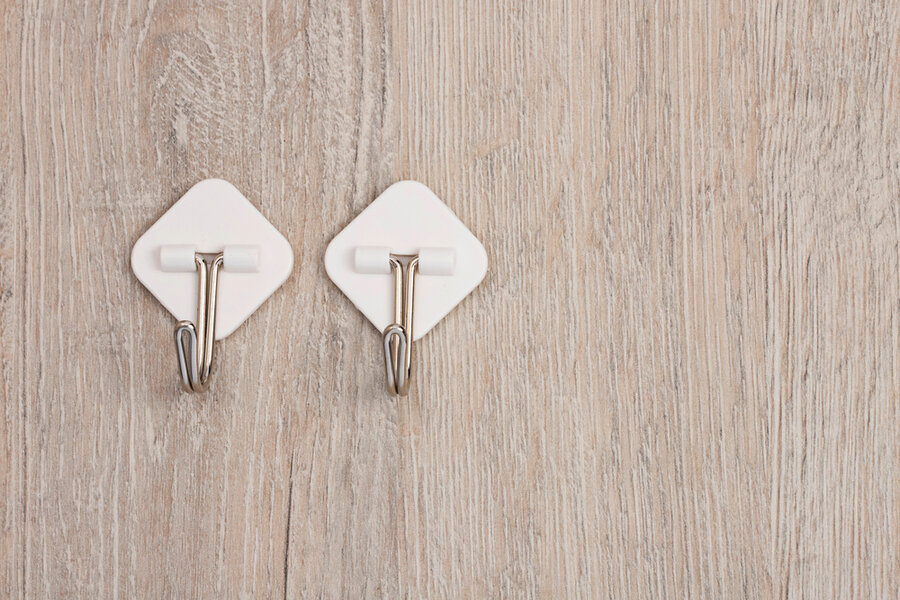
Another type of hook you can choose to use is one that uses adhesive. The advantage of this type of hook is that it works on all surfaces, whether metallic, wood, drywall, etc. But the surface you want to hook must be dry, clean, and smooth.
Adhesive fails when the moisture content on the surface is high or there is dust and debris. Instead, you can use a hook with a self-adhering back.
If the hook does not come with adhesive, purchase an ideal bond that will work on the surface you want to glue.
Also, the hook’s design should be such that even when the hook is turned 90 degrees, the plant doesn’t slide off.
3. Using Over-the-Door Hooks
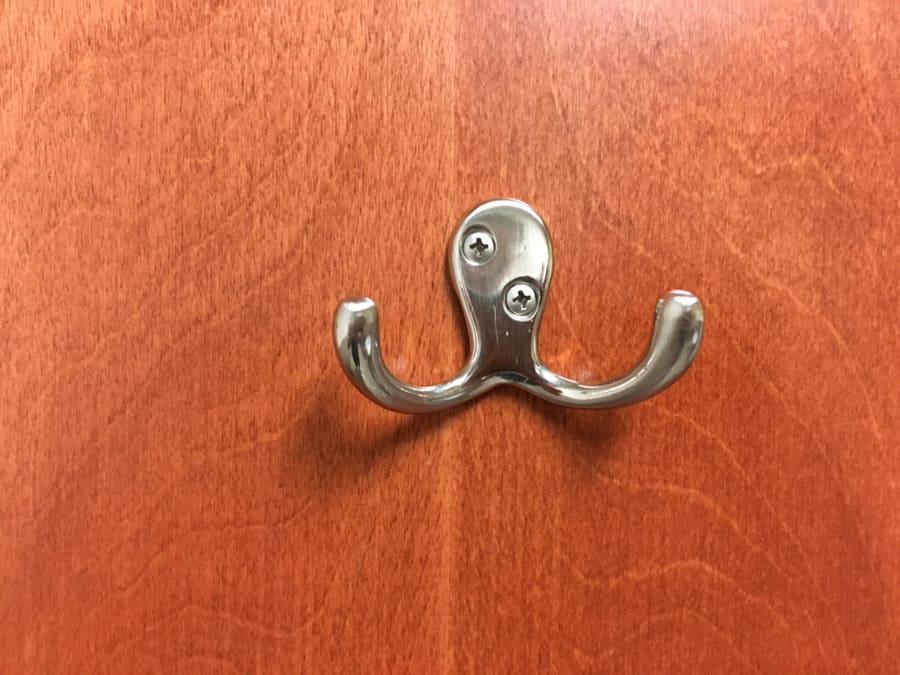
You can use an over-the-door hook when you need to hang plants with more weight using hooks. This hook does not require a magnet or adhesive to stay up. Instead, the curved design allows you to hook it onto doors, shelves, and other areas.
Typically, people use these hooks to hang robes and towels in the room, but you can get creative and use them to hang your favorite plant.
Note that it’s essential that wherever you use this type of hook ought not to be a place with high traffic. So, if possible, hang them over doors you rarely open or close.
4. Using a Tension Rod
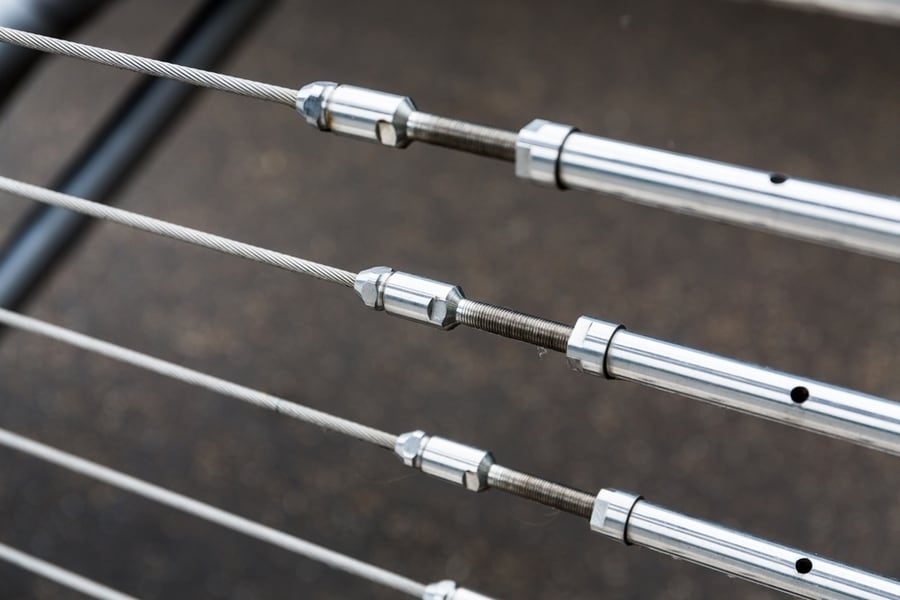
If you have two walls close by, mount a tension rod between the two walls and hang the plant on it. Skylight frames, bridge wall gaps, ends of the hallways, and so on are excellent sports to mount a tension rod to hang plants.
Most tension rods expand from 41 to 72 inches and have a load-bearing capacity between 10 and 30 pounds. Note that a tension rod should be at least 2 inches longer than the intended span when you use it.
5. Using Bar Clamps

Bar clamps are another unique way to hang plants in your home without drilling. Bar clamps have jaw slides you can adjust on a metal rail. As such, bar clamps are often large, measuring 36 to 48 inches wide.
With a wide jaw, you can easily fit bar clamps on the wide end of any wall. Since, in most cases, wall thickness measures about 8 inches wide, using bar clamps works on most homes. And with many wall ends in homes, finding a place to install a bar clamp is relatively straightforward.
6. Using C-Clamps
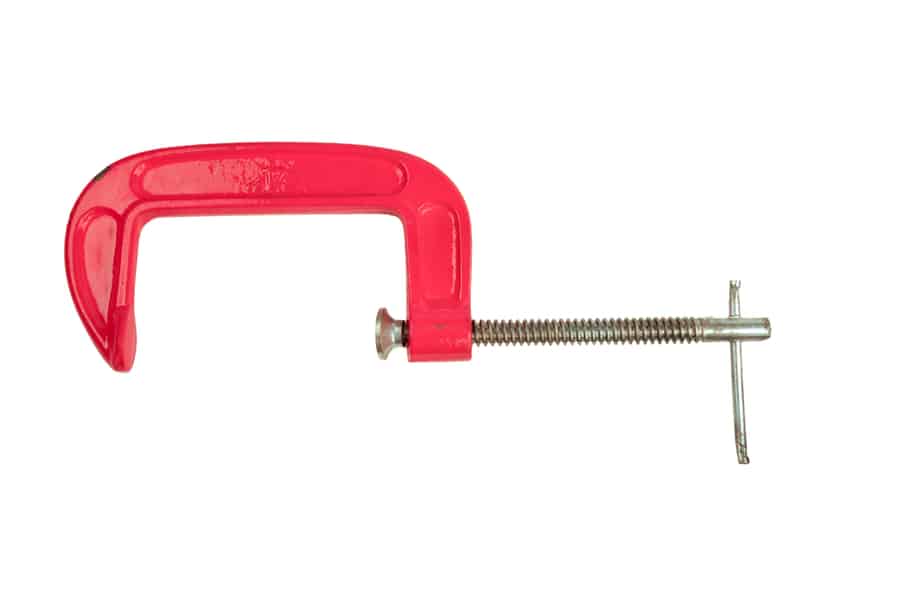
A C-clamp is another excellent option for hanging plants in your home. The C-clamp is similar to the bar clamp, but the size of its clamp is much smaller.
If you choose to use a C-clamp, note that the beam size you want to attach it to will determine where you can install it.
In most cases, you can secure a C-clamp on a 6 to 8 inches C-clamp. When you use a C-clamp, it can hold a weight of up to 50 pounds. If you want to use a C-clamp, get clamp jaw pads to protect the beam from indention from the clamp’s pressure.
7. Using a Suction Cup
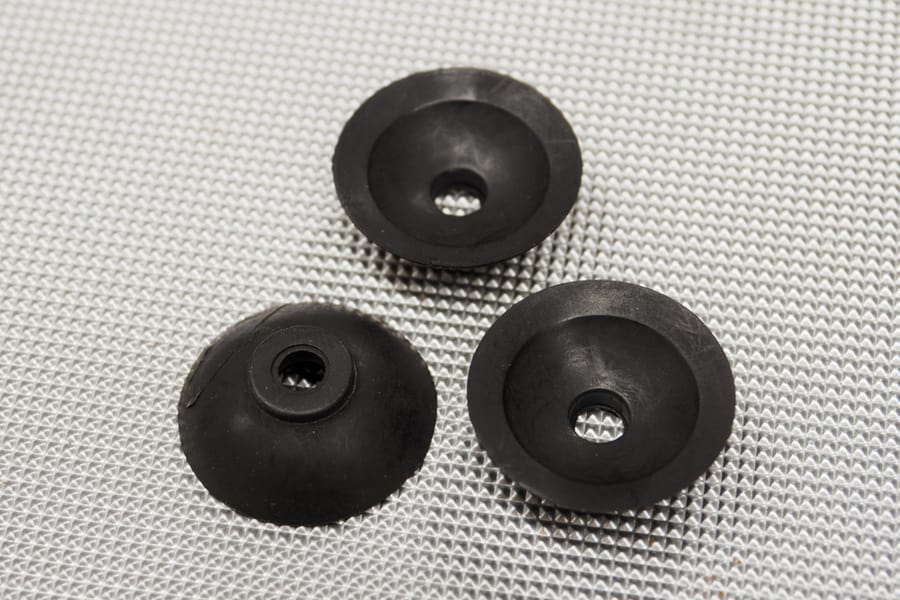
Finally, you can use a suction cup to hang plants in your home without drilling. Although if you want to use a suction cup, the surface must be completely flat. Surfaces like glass windows are great places to fit a suction cup to hang plants.
While function cups are non-invasive, leaving no mark on your surface, their weight-bearing capacity is relatively low. Often a suction cup can hold only about a pound.
A suction cup with a swivel hook that rotates makes a great addition as it adapts well to angled and flat ceilings.
Conclusion
Conclusively, as you can see, hanging plants in your room without drilling is possible; it only requires a little creativity and imagination.
You can hang plants on your wall without puncturing holes with hooks, adhesives, and suction cups. But while you are at it, take note of its weight and be sure the method you opt for can withstand it.
Frequently Asked Questions
Can You Connect Two Tension Rods?
Yes, you can connect two tension rods. However, you will need an in-tension rod joiner to combine multiple rods to cover a wider distance.
How To Clean Adhesive From Surfaces?
To clean an adhesive leftover from your wall, use rubbing alcohol to clean the surface. The rubbing alcohol will loosen the glue, making it easy to scrub off.



